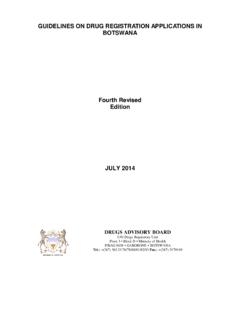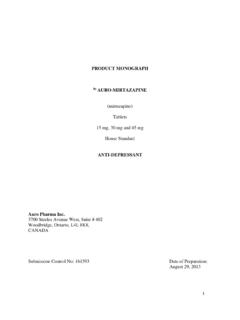Transcription of Don’t Guess, Test your hay - Safer Grass
1 don t guess . test your hay Kathryn Watts Copyright 2008, Rocky Mountain Research & Consulting, Inc. In our effort to cover all the bases , many of us feel we have to supplement with fortified grains in an effort to feel secure that we are providing enough vitamins, minerals and protein in our horses diet. Grain may present an unnecessary amount of sugar and starch that may even be dangerous to those horses suffering from laminitis or other forms carbohydrate intolerance. Is the use of broad-spectrum supplements creating an expensive sense of false security? Are we still just guessing about the specific nutritional needs of our horses? Are you wasting money on supplements you may not need, or even making your mineral imbalances worse? Are you assuming that because you feed your foundered pony only Grass hay that you have minimized the sugar in his diet?
2 Does your hay provide enough protein for your horse s stage of growth and activity level? If you are not having your hay analyzed, you cannot answer any of these questions. A hay test can. As our knowledge of equine nutrition continues to advance, more attention is being focused on individual components of the diet. As pasture or hay is the cornerstone of the equine diet, knowing its composition is vital to assuring our horse s needs are being met. Nutrient deficiencies and imbalances in hay are common, even in hay that looks to be of high quality. Too many of us learned how important hay testing is after our horse s health deteriorated. More informed horse owners are taking proactive measures in hopes of addressing the need for a balanced diet, and as a result the equine supplement industry is booming.
3 Major mineral imbalances contribute to bone disorders such as Developmental Orthopedic Disease. Trace mineral deficiency is implicated in a broad spectrum of horse health issues including metabolic disorders, bone and muscle disease, hoof and hair quality, immune system dysfunction, poor athletic performance and infertility. Protein content of hay varies widely, and may be deficient or excessive in a ration based totally on forage. Equine researchers are finding links to disease and excessive amounts of specific carbohydrate fractions in the diet. Orthopedic Developmental Disease, physitis (Glade, 1984), laminitis (Longland, 2006), Insulin Resistance (Treiber, 2006), Exertional rhabdomyolysis and Equine Polysaccharide Storage Myopathy all require minimizing sugar and starch in the diet. With the advent of new testing methods we are finding that sometimes even some hay can be too high in sugar for horses with these carbohydrate intolerant conditions.
4 The source of carbohydrate, rather than caloric estimates of Digestible Energy have a marked affect on glucose metabolism in ponies (Argenzio 1972). Yet the system of basing equine rations on Digestible Energy persists, because equine nutritionists haven t come up with a better system. A more useful method is now available with direct testing for sugar and starch. It is impossible to determine what is needed to balance a horse s diet without a complete analysis of the forage being fed. If any ration balancing system, regardless of the level of sophistication, uses tables or averages for determining nutrient content of forage, its validity should be questioned. The nutrient content of forage is comprised of a complex interaction of factors, which include: soil fertility, texture and pH, environmental conditions during growth and hay curing, stage of growth when cut, species and variety of the forage.
5 Mineral content of forage varies enormously from one geographic area to another. It can even vary widely on the same farm, particularly if soil types differ. A river bottom soil may have an entirely different mineral profile from a field on a sandy ridge a half mile away. The hay from the low spot in the field may be very different from the hay grown on the higher ground. One year s crop may fall short in some nutrients if the farmer could not afford to lime or fertilize that year. Too much manure can cause toxic levels of nitrate in forage. Minerals that may be lacking in the desert Page 1 of 4 Copyright 2008 Rocky Mountain Research & Consulting, Inc. SW of the United States may be found in very high levels on the east coast and vice versa. Equine nutritionists from supplement companies admit privately that their products are based on average needs nationwide, and may not adequately address needs in a specific geographic region.
6 Custom blends of equine supplements directed at targeting mineral needs in a specific region are not as profitable, due to extra expense of duplicating processes, storage and packaging. While some horses may be fortunate enough to live in an area where average mineral supplements meet their needs, those living in areas where minerals vary widely from the average of the whole nation may still fall short, or may be getting additional minerals that are already too high in that region. How to sample your hay Because the fertility of soil is so variable fone spot to another, the nutritional contenone bale of hay will also vary from another. This is why it s so important to sample mabales of hay from all around your stack, so that the resulting analysis is representative othe whole stack; not just that particular baleForage researchers have found that hay cut in the morning is lower in sugar than hay cut in the afternoon, which is another reason why numerous, random samples will bettshow you an average of what your horses are eating.
7 More is better, but usually around 15 bales are considered minimum. The best tool to use is a hay corer, whichtube with a cutting tip that can either be turned by a hand brace, or attached to a heavy duty electric drill. These can often be borrowed from a hay broker, a county extension agent, or agricultural professional. They can be purchased for about $100. Grabbinhandfuls of hay from the center of bales will not produce accurate test results. Mix the cored samples in a clean container, and take a representative sub-sample of at least a dry quart and place in a properly labeled, ziplock bag. Never let your sample come in contact with any rusty implements, or the metallic trace mineral results will not be believable. rom t of ny f . er is a g Yes, you can sample fresh Grass For minerals and protein, randomly select a composite sample from throughout your paddock, and dry it well before shipping to the lab.
8 If you want to test for sugar or starch, you ll have to freeze it immediately and ship it frozen to preserve the carbohydrates. Yes, it s a bother to ship with dry ice in an insulated container, and overnight shipping is expensive, but unless you do it correctly the results for sugar are worthless. When shipping fresh Grass get about a pound, because over half will be water. Where to send it? Many labs cater to the cattle industry, therefore the specific tests offered, and calculations for Digestible Energy and Total Digestible Nutrients are based on the requirements for cattle. More useful information will be gained from using a lab that offers tests geared specifically for horses. Just like any other business, some analytical labs are better than others. Using a lab that has passed the Forage Testing Council certification process will improve your chances of getting an accurate test.
9 Here is a listing: Some labs only do a very fast, minimal kind of test based on a method called NIR, which stands for Near Infrared Reflectance. This will not give you information about trace minerals, and may Page 2 of 4 Copyright 2008 Rocky Mountain Research & Consulting, Inc. not be accurate for sugar or starch. You get what you pay for. A good professional lab should have your test completed within a few days of their receipt, or a week at most. Many offer to email results, so add your email address when submitting samples. Most labs keep your sample for up to a month after they do the requested tests ; so if something looks odd and needs to be retested, or you decide you want additional testing done, that is usually an option. What tests to ask for? A lot of the information provided by a standard hay test are artifacts from cattle nutrition and have little practical value to a horse owner.
10 These are the tests that will be most useful to horse owners. Crude Protein (CP) This really isn t a test for protein, but a test for nitrogen content. Because nitrogen has a set ratio in forage protein, they multiply the N content by to get the % crude protein. This is accurate most of the time, except when the hay might have high levels of nitrate, such as when the hay was grown under drought conditions, subjected to frost, or over-fertilized. If CP looks too good to be true, it probably isn t! In these cases, call the lab and request a nitrate test. This is usually around $8, and well worth the investment. Sugar + starch This is relatively new to the forage testing industry, and only a few labs offer it. Many horses can get along just fine eating large amounts of sugar, but if you have an equine with laminitis, obesity, too rapid growth or problems with excess energy, this could be the most important part of your hay test.
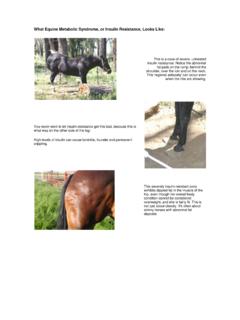
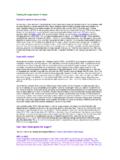
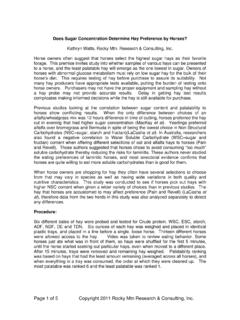
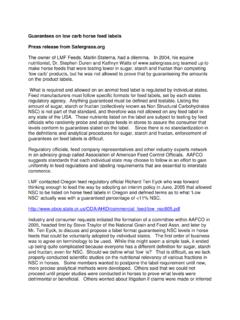
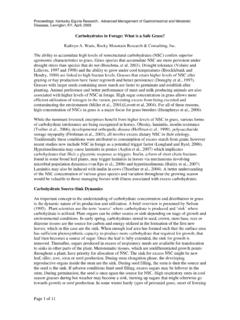
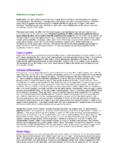

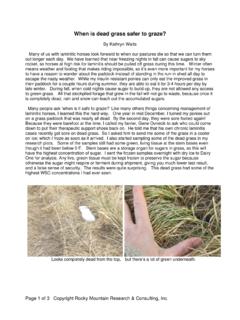
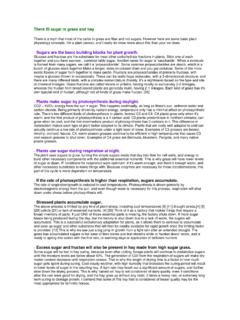


![[Product Monograph Template - Schedule D]](/cache/preview/b/f/c/5/9/9/f/5/thumb-bfc599f58969b8bff3fb0f7d9d95ed1e.jpg)

